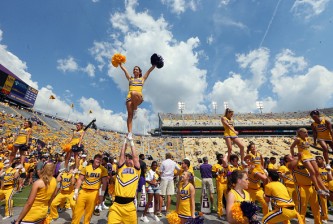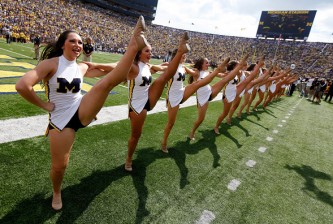There is quite a variety of different horse races in Australia, with different rules and regulations for each. The average punter likely doesn’t pay much attention to the “classes” and “groups” of the horses, but those more involved in the business need to understand the difference.
We’ll quickly take a look at some of the more common racing styles, classes and handicaps so the everyday punter has a bit more info on how it all works and what the various classifications mean.
Horse Race Types
Flat Race – This is the most common and most popular form of horse racing in Australia. This is your classic flat track racing, from short sprints to longer races for stayers. Most Australian horse racing is done on grass, or “turf”, as it’s commonly referred to in the industry.
Harness Racing – Affectionately known as the “trots” or “trotting”, harness racing involves the horse pulling a two-wheeled cart with a driver. Horses don’t gallop in harness racing. Instead, they race at a specific gait, hence the nickname “trots”.
Hurdle – March to August is the season for hurdle racing. These races are run over a distance of no less than 2800m and require the horses to leap hurdles, spaced throughout the race, that is one metre high.
Steeplechase – The steeplechase race for horses is actually very similar to the one run by athletes. Horses and their riders are required to leap over a variety of obstacles that are no more than 1.15 metres high. Races are run at a minimum distance of 3200m.
Group 1 Racing
If a horse race is in the Group 1 class, it means it features the best of the best. Not just the horses and jockeys involved, but the tracks where the races are being held, as well as the quality of the races themselves, and the prize money on offer.
You could say that Group 1 racing is like the horse racing equivalent of Formula 1.
Examples of classic Australian Group 1 races include:
- Crown Oaks
- Australia Cup
- Cox Plate
- Melbourne Cup
Restricted, Special Conditions & Handicap Races
All these races require that certain criteria are to be met for a horse to be eligible to enter the race.
Two Year Old – Colts, fillies and geldings must all be 2 years of age to be entered into one of these races. Many of these races are short, often only 900 metres.
Three Year Old – Once again, the races may be comprised of fillies, geldings and colts, but all horses must be in the 3 year age bracket.
Four-Year-Old – Obviously a race for horses or mares.
Derby – Run over a distance of 2400-2500m, the Derby race is for 3-year-old colts, geldings and fillies. It’s a blue ribbon event and the biggest Derby in Australia is Derby Day held at Flemington each Melbourne Cup season.
Oaks – This is another blue ribbon race contested by 3-year-old fillies only. Once again, Flemington is home to the country’s biggest Oaks race, the VRC Oaks.
Handicap Race – In these races, there is a handicapper, whose job it is to assign various weights to horses in an attempt to even out the field. The Melbourne Cup is a handicap race.
Open Race – This is a horse race where there are no specifications or restrictions of any kind. It’s basically a free for all.
Stakes – These types of races attract a higher quality field of horses, trainers and jockeys because they offer a bigger prize purse. Stakes races are often Group 1 races.
Weight for Age Race – The WFA is the Weight for Age scale used to determine what weight a horse will carry in this style of racing. The amount of weight is determined by race distance, the horse’s age, the sex of the horse and the month of the year. The Cox Plate is Australia’s most famous Weight for Age horse race.
Invitation Horse Race – This is a race where horses have to be invited. You can’t just enter an invitation race.
Flying – A sprint race, usually run over a distance of 1200m or less and is open to all horses.























